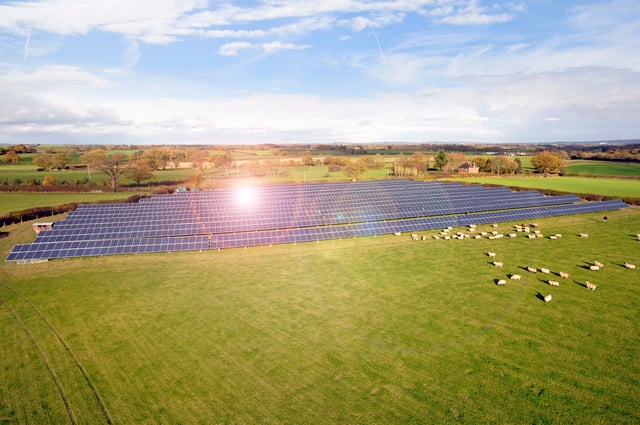
At the moment, whenever you hear a conversation about renewable energy, inevitably, the new Feed-In Tariff rates are discussed. Following the announcement from the DECC towards the end of last year, we know that there are cuts, but we also know the impact is not as severe as may have been stated in the press.
In our previous blogs surrounding this topic, we have explored how these changes will have an effect on your business and why in fact, you should still be optimistic about the new FIT, – but how will the renewable energy industry be affected as a whole because of the FIT? And what other changes is 2016 forecast to bring to the renewable energy as a sector? Keep reading to find out…
Reduction in equipment costs
Alongside the drop in Feed-In Tariff, the cost of equipment for renewable technologies is decreasing, and further reductions are expected. A report carried out by Deutsche Bank shows that a reduction of 40% is forecast by the end of 2017, which is primarily due to the reduction in processing costs and an improvement in conversion efficiencies. A report released by IRENA (the International Renewable Energy Agency) supports these claims, stating that “cost reduction potentials for solar and wind technologies remain strong.”
The cost of Inverters and mounting systems is also falling, with Deutsche Bank stating that thry will typically decrease by 10-15% per year. Cost reduction in terms of components, next generation improvements and production efficiencies will drive further savings on the manufacturing of solar technologies.
In an article by The Guardian, it was also said that "since the 1980s, panels to generate electricity from sunshine have got 10% cheaper each year. That is likely to continue, the study said, putting solar on course to meet 20% of global energy needs by 2027."
Energy storage on the rise
2015 has been described, by PV Magazine, as the year where energy storage went from a niche market to a main current of the renewable energy revolution.
The trend began in California, following policies that mandate energy storage. The ongoing use of incentives in Germany, alongside falling costs, makes way for an emerging storage market. In terms of figures for energy storage in Germany, from March 2013 to March 2015, an estimated 17,000 energy storage systems, totalling 120 megawatt-hours were connected to the low-voltage grid.
The rise in energy storage is set to continue into 2016, with new battery systems by Tesla and Sonnenbatterie being released onto the market, first of all in the US. There’s no doubt, that we will see this trend enter the UK this year, especially with the alterations in Feed-In Tariff.
The economy
A new report from IRENA has calculated that a 36% renewable energy share in the global energy mix by 2030 could boost GDP by up to £1 trillion.
They said that “most of these positive impacts on GDP are driven by the increased investment in renewable energy deployment, which triggers ripple effects throughout the economy. It provides empirical evidence that economic growth and environmental conversation are fully compatible.”
As well as boosting the economy, employment could grow to 24 million jobs over the next 14 years, under calculations undertaken by IRENA. In the report, they said that, "… solar PV creates, at least, twice the number of jobs per unit of electricity generated compared with coal or natural gas. As a result, substituting fossil fuels for renewables could lead to a higher number of jobs overall," which emphasises the importance of renewable energy to the world.
What does this mean for you?
With all of this in mind, renewable energy as an industry is getting stronger, which makes investing in a form of renewable technology more and more beneficial to your business, in terms of cost savings to you and on a wider scale.
If you’re thinking of making an investment, looking into energy storage solutions or even want to know how to make your place of work more energy efficient, get in touch with us today and discover the options that could be available to you.



